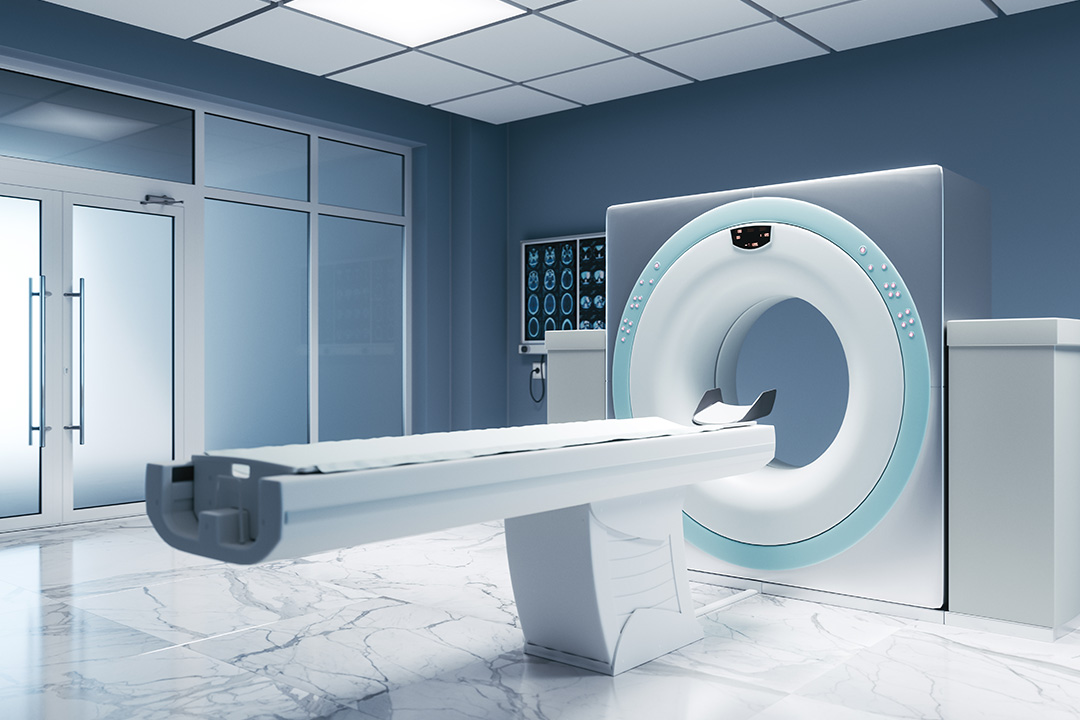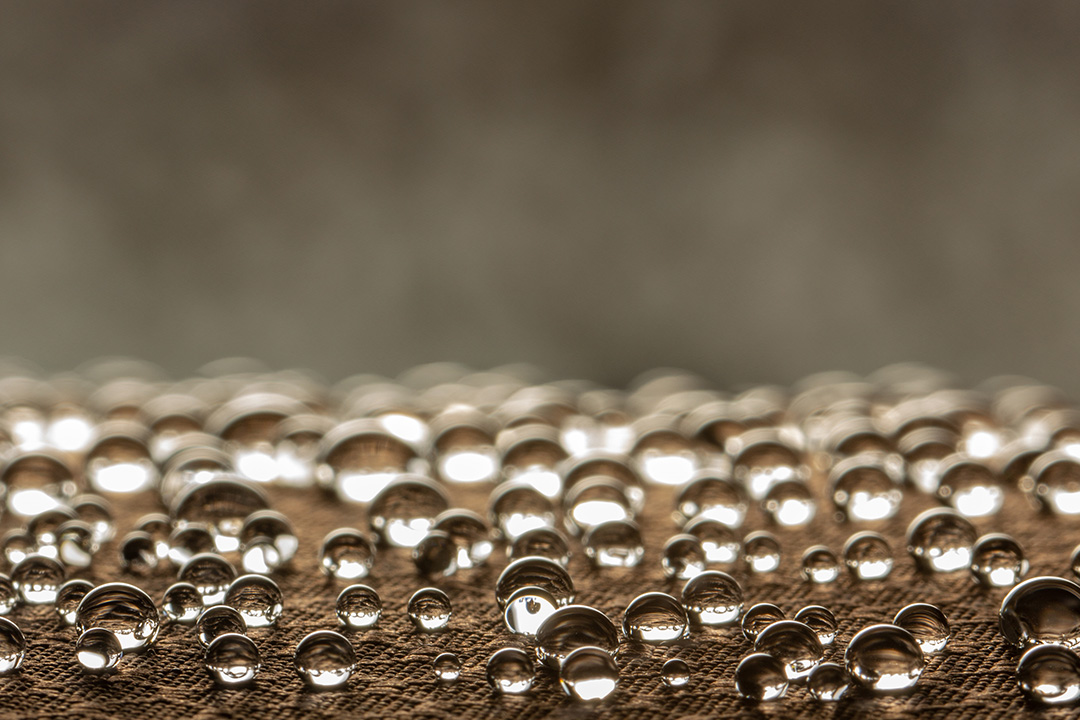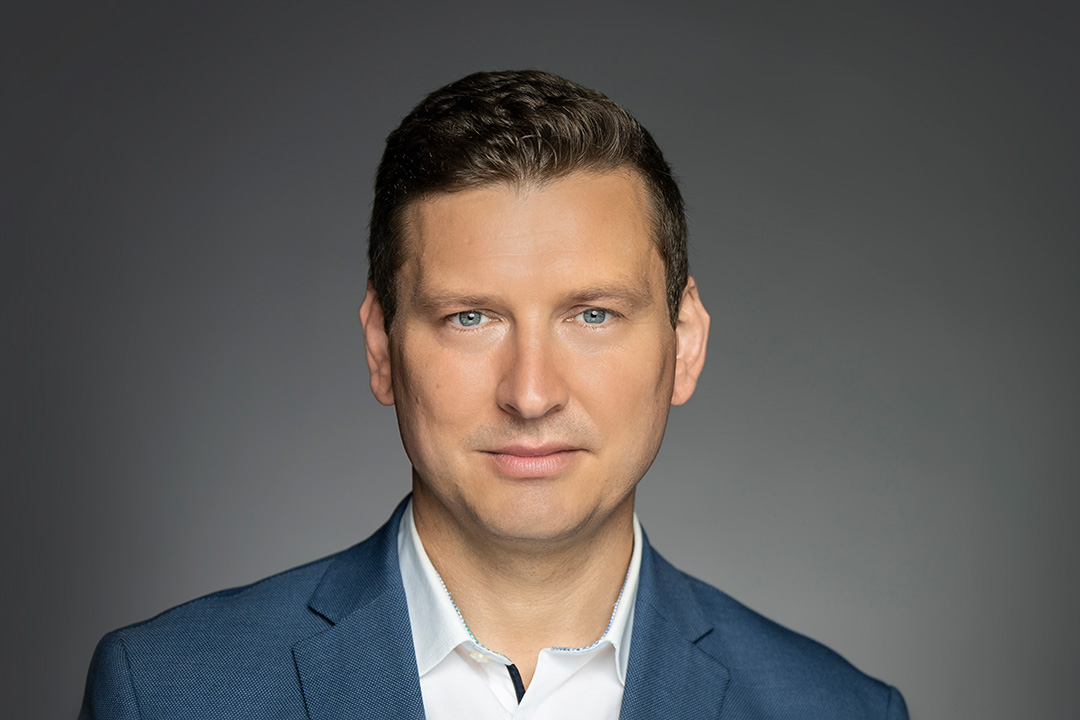Many substances change their properties when they are broken down into tiny particles. Or they react more easily with other substances. There are materials that, when broken down into nanoparticles, become water- or dirt-repellent. These are just some of the many fascinating aspects of nanotechnology, which offers enormous potential for industry, says Mario Brandenburg, Parliamentary State Secretary at the Federal Ministry of Education and Research. Diplomatisches Magazin spoke to him.

DM: Mr Brandenburg, the European Commission describes nanotechnology as a key technology for future economic growth. What makes this technology so attractive?
Mario Brandenburg: Nanotechnology is not a clearly defined field of technology, but a collective term for a variety of methods and concepts that make use of the smallest building blocks of matter. We are talking about structures 1000 to 10,000 times smaller than the diameter of a human hair. At this scale, amazing effects occur without which many technologies would not be possible, such as the development of new, highly efficient solar cells or the development of hydrogen technology, including fuel cells. Nanotechnology also makes it possible to pack a lot of functionality and information into a very small space, making electronic components and computers ever more compact and powerful. Many hightech products such as light-emitting diodes, smartphones, supercomputers, medical products and imaging techniques such as magnetic resonance imaging (MRI) would not exist without nanotechnology. The appeal of nanotechnology lies in its broad cross-cutting nature. Almost all areas of technology and products benefit from nanotechnology.

DM: Nanomaterials also pose risks to health and the environment. What is the current state of science in assessing the risks of nanotechnology?
Mario Brandenburg: As the Ministry of Research, we are funding a large number of projects on materials safety research. The DaNa knowledge platform (www.nanopartikel. info) summarises the research results of these projects for the interested public. Example projects impressively demonstrate methods for risk assessment and the development of measurement methods for nanoparticles in organs or in low concentrations in the environment. Long-term national, European and international research projects involving research institutions, federal authorities and industry have produced important results on the safety of nanomaterials. Among other things, the safety of handling nanomaterials in the workplace, during production, in products and during recycling has been researched and improved. Potential risks of nanomaterials can now be identified, assessed and avoided much more effectively. As a result, future material innovations can be designed to be safer and more environmentally friendly.

DM: What are the recommendations? How should nanomaterials be handled? Do international standards already exist?
Mario Brandenburg: Nanotechnology offers great opportunities for progress. We should use them! To handle nanomaterials safely, it is important to know exactly what form they are in and how they come into contact with their environment. For example, is the nanomaterial firmly attached to the material or component? Or is the nanomaterial free to move? International standards for the safe handling of nanomaterials have been developed by ISO and OECD for about 15 years. At EU level, relevant laws and regulations (e.g. under the EU chemicals regulation REACH) have already been adapted to the specific characteristics of nanomaterials. These processes are not yet complete, but will be continued in line with the state of technological knowledge.
DM: How can the BMBF or the German government support companies, including SMEs, in the field of nanotechnology?
Mario Brandenburg: Nanotechnology is part of many areas of research supported by the Federal Ministry of Education and Research. Materials research is a particularly important topic in this area. Nanomaterials such as carbon nanotubes, graphene or quantum dots are used specifically to improve technical products or make them more efficient. For example, they can be used to make a material lighter and more stable in order to save energy and resources, for example in electromobility. Quantum dots can be used to make lightemitting diodes more powerful or to detect disease sites in the human body with high precision by coupling them to specific target molecules. There are also many other areas, such as environmental technology, production technology and quantum technologies, that benefit from nanotechnology. Nanotechnological expertise plays an important role in all areas of technology and is included in the relevant funding guidelines, which are generally open to SMEs. Some funding programmes, such as KMU-innovativ, also specifically support small and medium-sized enterprises in the implementation of innovative technological developments.
DM: Mr Brandenburg, thank you very much for this interview.
Interview Marie Wildermann

